Top five ways to stay safe near a train
By Thomas Nelson, tnelson@charlescitypress.com
There is a train accident every three hours in the United States, said Operation Life Saver State Coordinator Francis Edeker.
Edeker did a a presentation at the Cedar Valley Engine Club 52nd Thresher Reunion over Labor Day weekend and gave some tips on train safety. He worked for the Iowa Northern Railway for 23 years.
Edeker’s organization, Operation Life Saver, has a 20-minute required presentation at Iowa driver’s education courses.
During his presentation at the reunion event he had several tips for staying safe and alive around train tracks.
1. It takes a train over 5280 feet or more to stop while going 50 mph — “You need to yield to us (trains) when we’re our there,” Edeker said during the presentation. A train can’t swerve or stop quickly.
“That is 18 football fields to get stopped out there,” Edeker said. “That’s why you have to yield to us when we’re driving.”
It takes a train a mile or more to stop while going over 50 mph and the best it can do is make noise to let you know it’s on its way.
You won’t get a good idea about how fast a train is going by looking at it, either, Edeker said. A train at a distance can easily have its speed misrepresented.
2. Trespassing on tracks is dangerous and illegal — The weight ratio between a car and train is 4000:1, Edeker said, the same as a pop can to a car and the same thing will happen to a car that happens to a pop can when it encounters a car.
You might not always hear a train horn, Edeker said. At some train crossings there are notices that say “no train horn” because those communities have a quiet zone. Ames is one those quiet zones.
3. Don’t pass on the tracks — Slowing down is a better idea than speeding up. Shifting gears while on the tracks is problematic as well, Edeker said.
In general it’s a bad idea to stop on the tracks, Edeker said. Objects and trains don’t mix and the train will win every time.
Placing objects on the tracks can make for future projectiles that can harm or kill train workers or people going by, Edeker said.
4. Get out of your car if you stall on the tracks. — “I want you to get out of it (the car) and run at a 45-degree angle, because when that train comes down that track that car explodes,” Edeker said. “It takes the car down the tracks with it.”
There are blue signs nearby tracks that people can call in case of emergencies or problems. In Charles City on North Grand Avenue the number is 1-800-716-9132.
On each track it’s different, but the signs are mandatorily there since April 1 this year, Edeker said. Also, driving around the gates when they’re down is illegal.
“Gates are down, wait for the train to go by and they go up,” Edeker said. “If they stay down it’s against the law to drive through them. Turn around and go to a different crossing or wait till they go up.”
On some tracks there’s a second track, and sometimes a third, so multiple trains could be going through at one time.
5. Trains overhang the track by 3 ft. — In the last year at least one person has been killed because they didn’t clear the train overhang, Edeker said.
It’s not necessarily something people think about, because after you clear the tracks you might think you’re in the clear, but you aren’t.
Stay safe and stay vigilant.

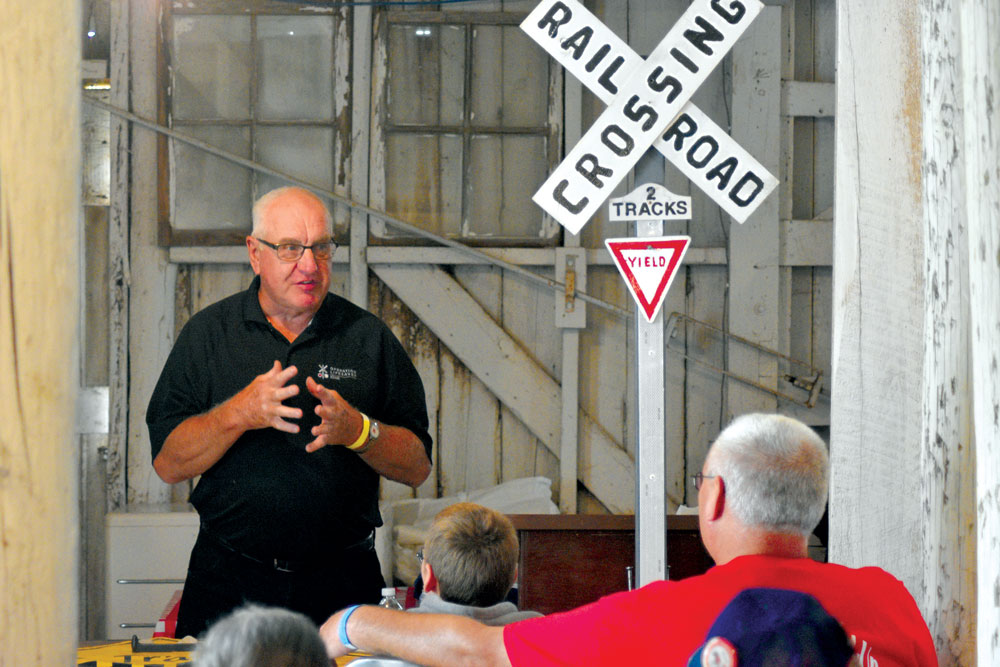
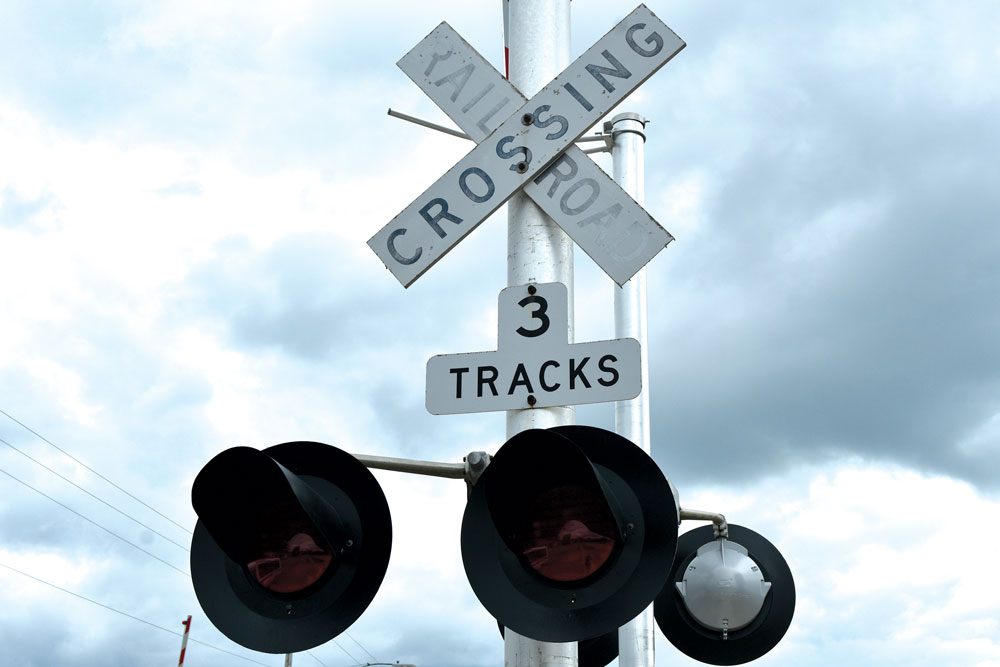
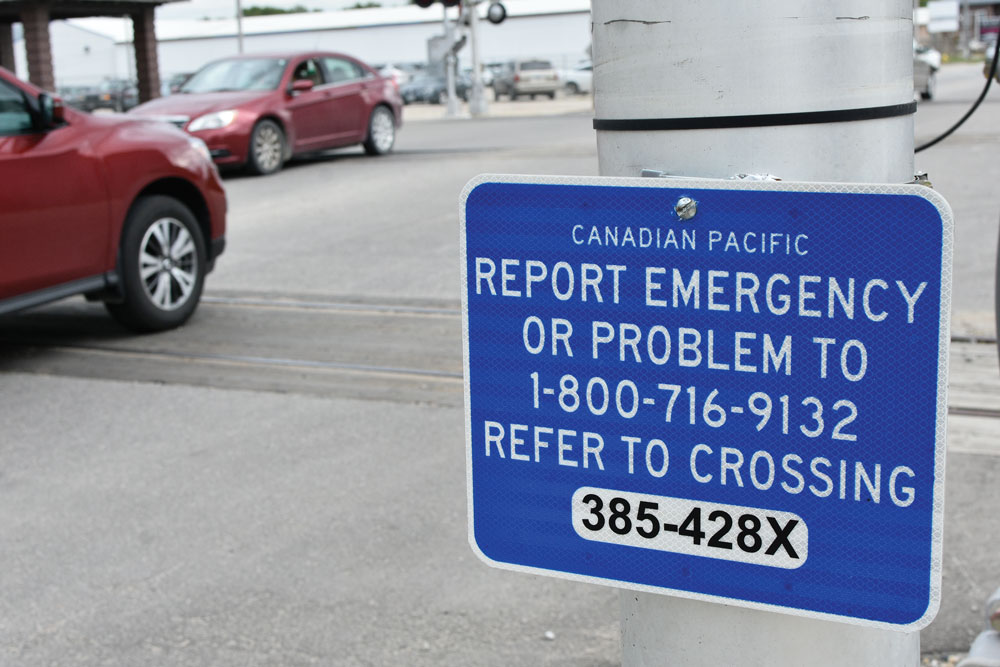
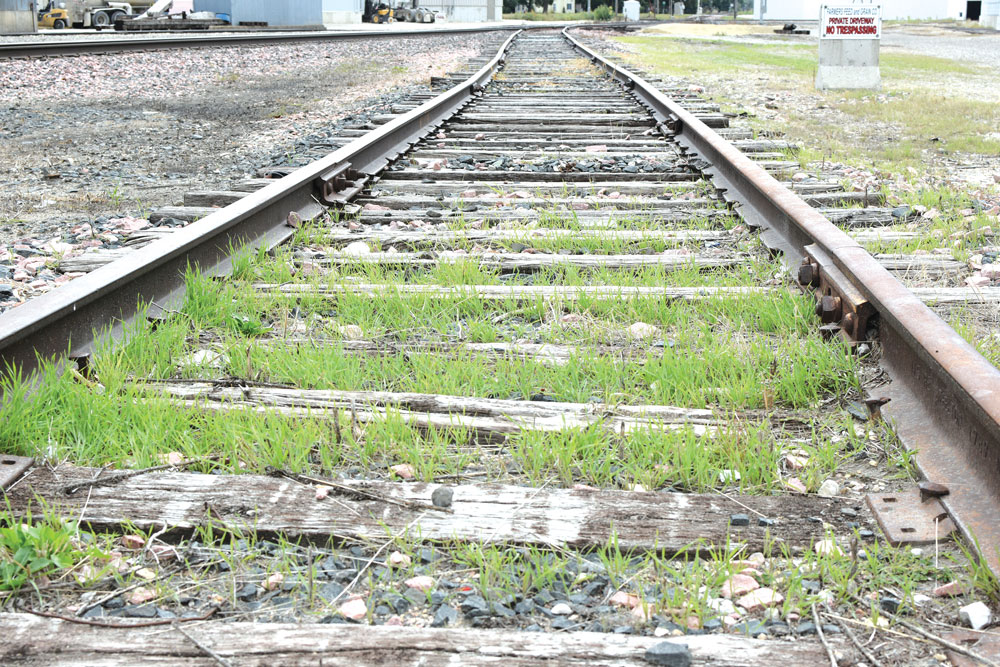

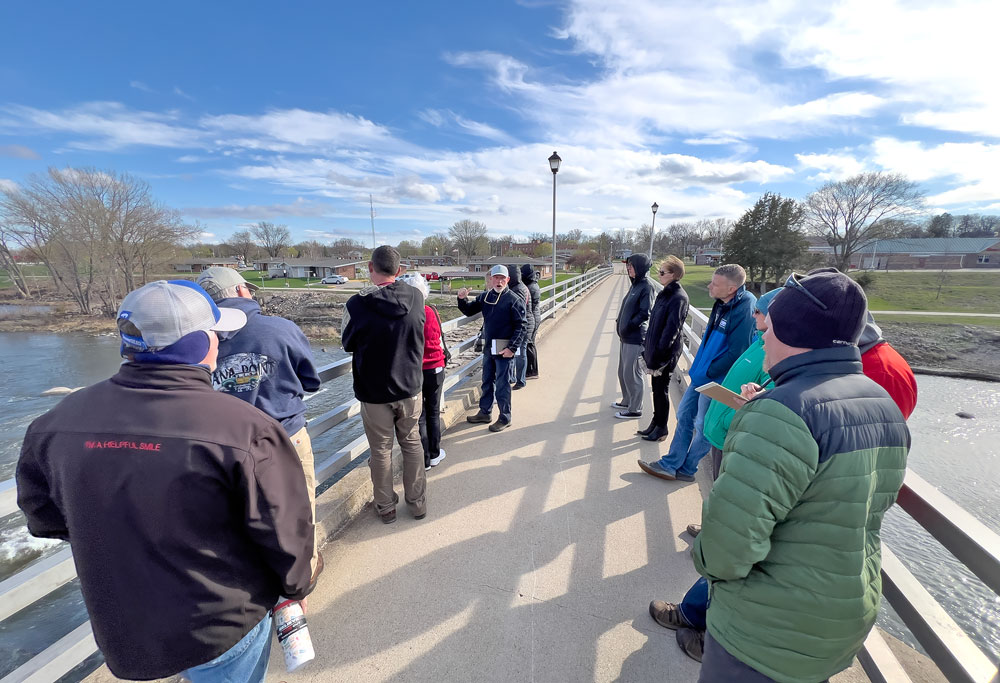
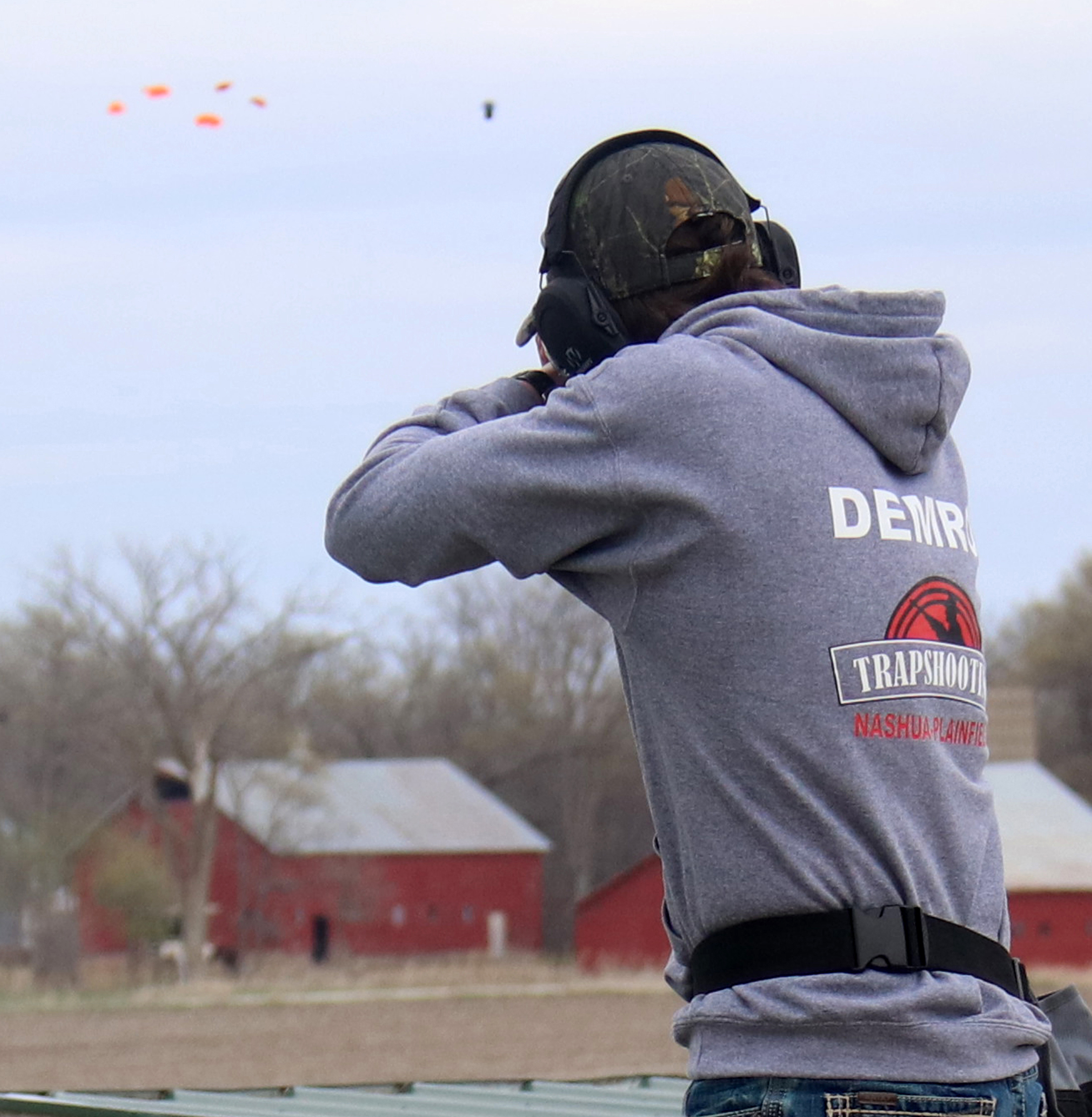



Social Share